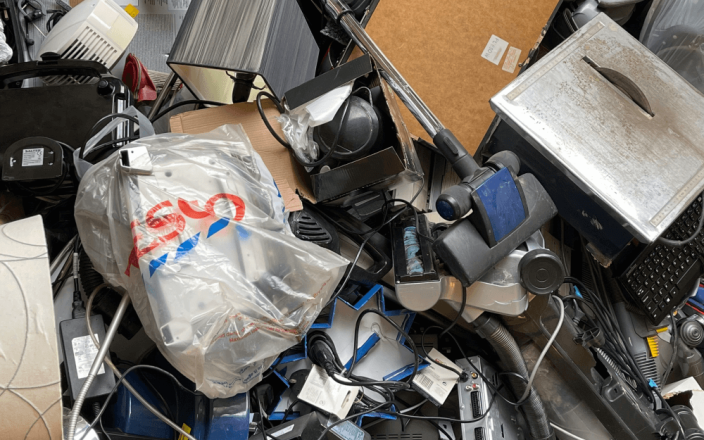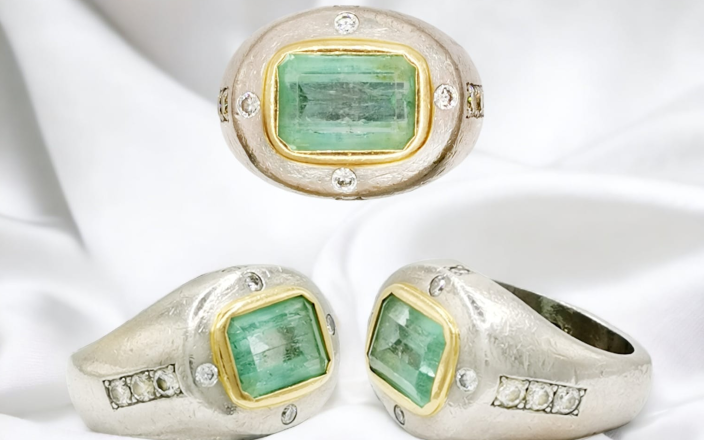By the GSGA
Where else can someone design, manipulate, and watch extraordinary transformations of rough materials to finished pieces, except in jewellery, gold and silversmithing? We take shiny minerals and transform them into something entirely different from their original forms. Even in their rough state, the precious metals we extract from the earth showcase their inherent beauty, which we then refine and alloy to create captivating objects of desire.
Working with such a forgiving family of minerals often yields brilliant results. The thrill of seeing the design in completion, after investing effort into transforming the original metal into its final shape, is truly rewarding.
There’s personal satisfaction in the fabrication process, starting with a square stock gauge made of gold, platinum, or silver alloy and shaping it into the desired form. Leveraging the malleability of these non-ferrous metals, we craft decorative pieces that bear no resemblance to the original mined mineral. Gold’s ductility and malleability enabled early metalsmiths to craft decorative objects and jewellery with simple tools and techniques, evolving over time to utilise the advanced methods and tools available to jewellers today.
Throughout these intricate processes, we subject precious metals to—hammering, filing, bending, and casting, making them oxidise and harden—it is fascinating to witness the metal gradually reveal its personality. This evolution becomes especially evident as we progress through the emery grades, culminating in the final polish that enhances its inherent lustre.
These metal alloys possess a range of exceptional qualities including ductility, malleability, hardness, and tensile strength, which enable creativity in design and process. Utilising different colour metal alloys to provide contrast, pattern or wearability opens up opportunities for design inspiration. This is enhanced when the possibility of alternative metals is introduced.
The inclusion of alternative metals like titanium, tantalum, niobium, zirconium, and stainless steel as alternatives to precious metals has broadened the spectrum of creative possibilities. These metals offer diverse properties, including a wider range of colours and design options, while also taking into account factors such as durability, weight, and non-conductive attributes. This expanded selection allows for greater flexibility in creating jewellery designs.
It’s worth reflecting on what it is we ask our materials to do in the name of creating beautiful adornment, in fact, what we create in our workshops is truly remarkable!


